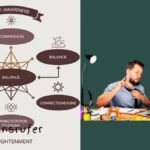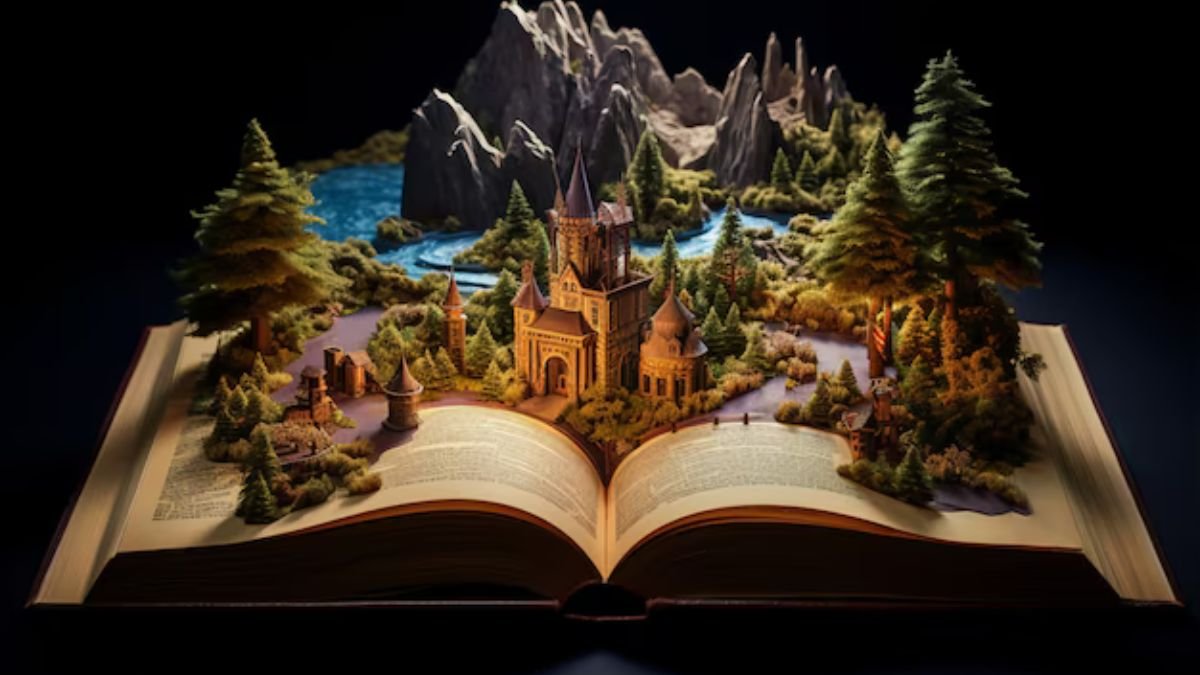In the sprawling landscape of fiction, the trope of falling into the arms of a mad villain offers a rich tapestry of dramatic potential and psychological depth. This motif can be found across various genres, from fantasy and science fiction to romance and thriller. The allure of such a narrative lies in its ability to explore complex themes like power, obsession, and redemption. This article delves into the intricacies of this storyline Fell into the Arms of a Mad Villain, examining its impact on character development, plot progression, and thematic exploration.
Character Dynamics
At the heart of this trope is the intense and often volatile relationship between the protagonist and the antagonist. The mad villain, characterized by their unpredictable behavior and grandiose ambitions, serves as a catalyst for profound change in the protagonist. This relationship is rarely straightforward, often marked by a complex interplay of fear, fascination, and emotional dependency.
For instance, in many narratives, the protagonist’s initial encounter with the villain is fraught with tension. The mad villain, driven by a mixture of charisma and madness, exerts a powerful influence over the protagonist. This dynamic creates a psychological push-and-pull, where the protagonist is both repelled and drawn to the villain’s chaotic world. The result is a relationship that oscillates between animosity and attraction, significantly shaping the protagonist’s journey and growth.
Plot Development
The plot surrounding a protagonist falling into the arms of a mad villain is typically marked by dramatic highs and lows. The initial stage often involves a dramatic confrontation or kidnapping, where the protagonist finds themselves in the villain’s grasp. This scenario sets the stage for a series of escalating events that test the protagonist’s resolve and adaptability.
As the plot unfolds, the protagonist’s entanglement with the villain frequently leads to moments of revelation and introspection. These interactions are pivotal in unraveling the protagonist’s fears and desires, and they often lead to critical turning points in the story. For example, the protagonist might uncover hidden strengths or develop new alliances as a result of their interactions with the villain. These developments not only drive the narrative forward but also enhance the overall emotional depth of the story.
Thematic Exploration
Fell into the arms of a mad villain allows for an in-depth exploration of various themes, such as the nature of power and control, the limits of sanity, and the complexity of human emotions. One of the central themes is the seductive allure of power. The mad villain often embodies a form of power that is both enticing and terrifying, representing a force that challenges conventional morality and self-control.
Another theme that emerges is the exploration of sanity and madness. The mad villain’s unstable nature often serves as a mirror to the protagonist’s internal struggles. Through their interactions, the story examines the fine line between sanity and insanity, and how power can distort one’s perception of reality. This theme adds a layer of psychological complexity to the narrative, prompting readers to reflect on the nature of their own beliefs and motivations.
Psychological Impact
The psychological impact of falling into the arms of a mad villain is significant for both the protagonist and the audience. For the protagonist, this experience often leads to a profound personal transformation. The intense and sometimes traumatic encounters with the villain force the protagonist to confront their deepest fears and vulnerabilities. This confrontation can lead to moments of self-discovery and personal growth, making the protagonist’s journey all the more compelling.
For the audience, this dynamic creates a sense of suspense and emotional investment. The unpredictable nature of the mad villain keeps readers on edge, while the protagonist’s evolving relationship with the villain invites readers to empathize with their struggles. This emotional engagement enhances the overall impact of the story, making it a memorable and thought-provoking experience.
Symbolism and Imagery
In stories where a protagonist falls into the arms of a mad villain, symbolism and imagery play a crucial role in enriching the narrative. The mad villain often symbolizes chaos, forbidden knowledge, or the darker aspects of human nature. Their lair or domain is frequently depicted as a place of twisted grandeur, reflecting their disturbed psyche and the thematic elements of the story Fell into the Arms of a Mad Villain.
Imagery associated with the villain—such as unsettling landscapes, dark and opulent settings, or menacing symbols—serves to heighten the atmosphere of tension and foreboding. These elements not only enhance the visual impact of the story but also reinforce the psychological and thematic undercurrents, creating a more immersive and impactful experience for the reader.
Resolution and Aftermath
The resolution of a storyline involving a protagonist and a mad villain is often complex and multifaceted. Depending on the narrative, the protagonist might either overcome the villain through sheer determination and strength or come to terms with their own inner demons. The resolution often involves a significant confrontation or revelation that brings the central conflict to a climax.
The aftermath of this resolution can vary widely. In some stories, the protagonist emerges victorious but irrevocably changed by their experiences. In others, the resolution might be more ambiguous, leaving the protagonist grappling with unresolved issues or lingering doubts. This ambiguity can add depth to the story, prompting readers to ponder the long-term consequences of the protagonist’s encounters with the Fell into the Arms of a Mad Villain.
Conclusion
The trope of falling into the arms of a mad villain offers a rich and compelling narrative framework, allowing for deep exploration of character dynamics, thematic elements, and psychological impacts. Through intense confrontations, dramatic plot developments, and symbolic imagery, this storyline captivates readers and provides a platform for profound storytelling. Whether through thrilling escapades or introspective journeys, the relationship between the protagonist and the mad villain remains a powerful and enduring element of fiction, continuing to fascinate and engage audiences across genres.











